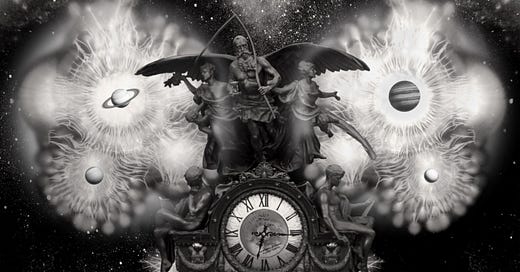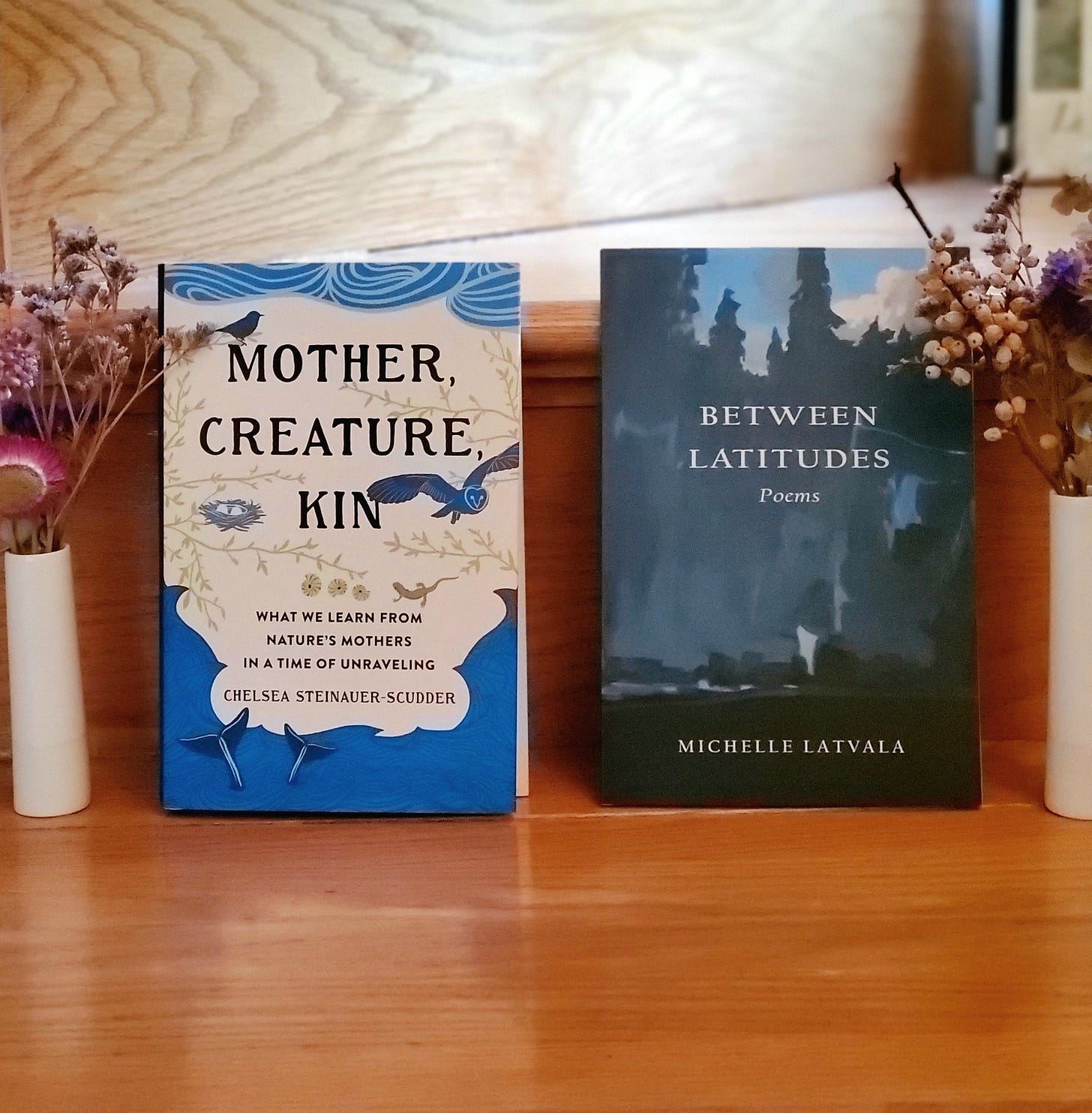A few months ago, my daughter and I saw a film at the Middlebury Art Museum called Ancient Beacons Long for Notice, by artist Dario Robleto. It fascinated both of us—so much so that we went back to see it again the next week (Aspen’s request, which I gladly obliged). For Aspen, at 4, this was because it included outer space (especially Saturn) and a stunning, moving, shifting series of collage images. For me, it was these two reasons, and also because it told the story of Ann Druyan and the making of NASA’s golden record.
The record—launched into space in 1977 aboard Voyagers I and II, the first spacecraft destined to leave the bounds of our solar system—is essentially a time capsule of planet Earth, intended for alien life. According to NASA, it is meant “to communicate a story of our world to extraterrestrials. The Voyager message is carried by a phonograph record, a 12-inch gold-plated copper disk containing sounds and images selected to portray the diversity of life and culture on Earth.”
The team who created this record was led by astronomer Carl Sagan. Producer and director Ann Druyan served as Creative Director of NASA's Voyager Interstellar Message and was charged with choosing and curating what sounds should be engraved onto the record.
The sounds include: The howls of wolves, waves upon the shore, thunderstorms, the calls of whales. It included positive human and cultural sounds as well—music, chants, laughter, and greetings in 55 languages. (You can listen to some of the Golden Record soundtrack here). But when Ann suggested that they include, also, sounds of violence, sounds of marching for justice and sounds of protest—sounds that shared a fuller truth of the human experience—NASA refused.
Ann’s solution was both subversive and radical: She secretly recorded her own heartbeat and brain waves via EKG and EEG as she engaged her mind and body in thoughts about love (she and Carl Sagan fell in love during their work together on the record and ultimately married), about war, about racial segregation, about people fighting for a just world, and about grief, loss, tyranny, joy, and generosity. In doing so, she intended to convey a deeper truth, via her own vital signs.
She had these vital signs converted to sounds and engraved onto the record without NASA’s knowledge, operating under the belief that, should an alien civilization ever find the record, they would be able to decode these sounds and know their meaning.
She later described the sounds as “fireworks.”
As Kingsley Spencer writes, “just after the sounds of a rocket liftoff and a mother soothing a crying baby, you’d hear about a minute’s worth of ‘rggggghrgggh popop popPOP whirr—swish rgghhhhh.’…what you’d be hearing is the sound of love. Real, actual love. The sound you—your actual brain cells—make when you experience something so amazingly inescapable and profound you immortalize it on a Golden Record and hurtle it across the cosmos at 40,000 mph...”
Voyager I and II are now more than 15 billion miles from Earth, hurtling through empty space. It will be forty thousand years before they come anywhere close to another planetary system.
Here is the Robleto’s artist statement about his film:
“Ancient Beacons Long for Notice (2024) is the third film in Dario Robleto’s trilogy engaging the history and legacy of the Golden Record. Attached to the deep space probe Voyager upon its launch in 1977, the Golden Record was a gold disc carrying a selection of images, languages, music, and sound to represent the complexity of Earth’s lifeforms and cultures. Produced by a team of scientists led by Carl Sagan, the Golden Record was a hopeful gesture, purposefully edited to put humanity’s ‘best face forward’ in a first-contact scenario with other forms of intelligent life; any trace of war, injustice, famine, or environmental decay was avoided. Ancient Beacons Long for Notice considers the implications of this ethos across time and space through new research about a forgotten document: the first audio recording of warfare, captured in 1918 at the Western Front of WWI. Robleto’s film posits: ‘What is our moral obligation to a full accounting of our actions—the good and bad—to not only our progeny but to the memory of humanity that is carried into an infinite cosmos and, potentially, shared with entirely different life forms?’
What a beautiful question. “What is our moral obligation to a full accounting of our actions?”
As I’ve continued to mull over the film and Ann Druyan and the Golden Record over the last few months, Druyan’s vital signs recording has conjured another set of questions for me as I’ve also been thinking lately about wildness and what within the human experience can be considered “wild.”
I’ve been wondering: Were these sounds of Ann’s vital functions not as wild as the calls of the wolves and the whales—unfiltered human experience and emotion?
Do our vital signs, or the trillions of bacteria living in our guts, or our rich emotional lives indicate that the human body is an inherently wild landscape? And: how can we think about wildness as both microcosm and macrocosm, from our own vital functions and senses, to our existence as sentient beings in the universe?
How does wildness intersect our self-awareness and self-knowledge? How can we continue to complexify and expand our understanding of the wild as something that contains the multitudes of ourselves? Is our tendency toward violence wild? Is our ability to temper and counter violence wild? What about our capacity for love and compassion? How do we determine where the wild exists in the human body and experience, and where it ceases to exist (if it does)?
“What is our moral obligation to a full accounting of our actions?” And what is a full accounting of ourselves as Earthly creatures?
These are some of the questions I’m thinking about of late.
If you have any insights or questions or wild inklings or other responses to the Golden Record or otherwise, I’d love to hear them.
Please join me and poet
for a conversation in her “Words for Wandering” series! Michelle’s debut collection of poetry, Between Latitudes, is a stunning and intimate reflection of interior and exterior life, climate change, and navigating transformation, set in the landscapes of Alaska and California.We’ll be talking about our new books, migrating forests, and more! Please join us!
Wednesday, June 18th at 8pm ET via Zoom: Register here!






Breathtaking. I love this one so much.
FYI-I consider literature a part of art.